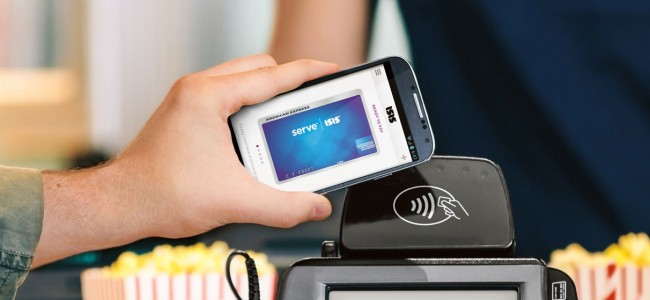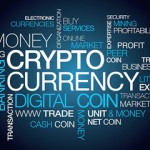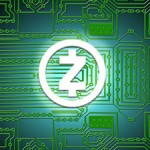A brief history of Digital Currency

Digital currency is a recent invention which means that currency with real value can be exchanged for traditional cash; it is instead entirely virtual or digital. It is a new invention in the history of money and commerce. Electronic money only exists in digital format and is primarily based on the internet or smart cards that have a record of their stored value. The transactions which are electronically done are known as electronic money. Similar names for electronic money are electronic cash, e-money, digital money, digital currency or digital cash.
The computer age has made the creation of money possible. It began back in the 1960s when IBM and American Airlines created a system called SABRE (Semi-Automatic Busines Research Environment), this allowed offices of American Airlines fitted with terminals connected to telephone lines and helped agencies to check flight times, seat availability, and then make reservations electronically that could be paid by using a system of credits.
Banks in America and Europe has started using mainframe computers by the 1970s, it helped them track transactions. It was a system that proved to be a success internationally when currency exchange was needed.
Consumer uptake of electronic money was first noticed in France in 1982 with the introduction of the Minitel service. The US and UK had developed basic tele text service that helped televisions to display text directly onto the television screen like news, program guides, game show results or weather update. The teletext was a very useful and simple one way service.
The French Minitel service used a dumb terminal with built-in modem, the service operated over standard telephone lines and the terminals were equipped with full AZERTY keyboards. The subscribers typed messages or searched queries. These Minitel terminals were given for free to more than 9 million households to encourage business entrepreneurs. Payment could be made through credit card or charged to the telephone account. This marked the first use of electronic money in the consumer market.
In 1979, a slightly similar service was launched in the UK named Prestel. It supported equipment was costly and it required customers to call and arrange payment over the phone. A service known as Homelink started in 1983 with the support of the Bank of Scotland and Nottingham Building Society. The account holders could subscribe to a special Prestel service that allowed online banking. This marked the first recorded use of electronic money.
The year 1991 saw the introduction of internet in consumer market and the disbanding of the Arpanet network. It wasn’t long until 1992 when America Online took advantage of the new Internet and started offering retail services directly to their subscribers who could pay using a credit card.
The year 1994 took a leap of faith that internet would help businesses. Pizza Hut adopted a same model that was used by Peapod for allowing online pizza ordering with the choice of payments like credit card via internet or in cash on delivery.
Late 1990s proved to be an essential moment for electronic money. Amazon.com was launched in 1995 and PayPal was formed in 1998. This made convenient and easy payment of money online without any risk of credit card number theft. The innovation of PayPal was to offer virtual account to the customers that could be topped up using credit card or wire transfer. Then email addresses were used to receive and send money. The services of PayPal marked a unique beginning of electronic money which was different from traditional phone and online credit card transactions.
Furthermore, the model of PayPal was copied by other providers with new ideas for securing customer funds using gold standard, silver, platinum or palladium. However sending and receiving payments with an email address was flexible.
Virtual currency backed by precious metals can be exchanged for any supported currency. eLibertyReserve, e-gold and Webmoney have become the biggest gold backed electronic money providers.
Private currencies had also proliferated encouraged by the demand for some form or marketplace within networked games like World of Warcraft and Second Life. Since then, private currencies have developed in many forums and webmaster services as a means of offering advertising amongst members.
The most successful electronic money has been facilitated with stored value cards that are denominated in local currency. The US military designed a stored value card called Eagle Cash that provided an advance on soldier’s earnings. Hong Kong also designed a stored value card for making quick purchase of subway tickets also accepted as a defacto cash card by many retailers in the city.
Source: JOSIC




























